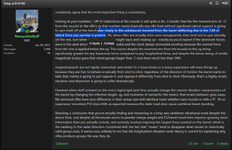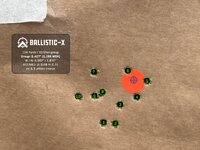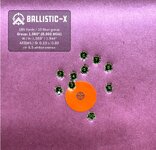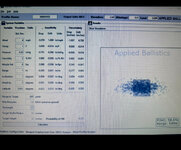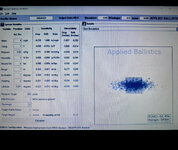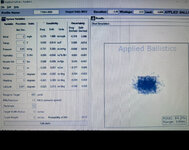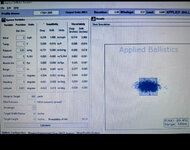solarshooter
WKR
It's worth quantifying how much deflection at the end of the barrel is needed to produce significant dispersion. 1moa is 1/60th of a degree which is 1/360th of a circle. You would be hard pressed to draw me a 1deg slice on a piece of paper, let alone 1/60th of that slice. On a 24" barrel, 1moa of rotation is (1/60)*(pi/180)*24 = 0.007". For a 1 moa group, the barrel deflects half that to either side of center, so 0.0035". On that same 30" 1.25" straight contour barrel I referenced earlier, it takes 1.4lbs of lateral force at the muzzle to deflect it 0.0035". Put another way, on a barrel like that that weighs ~10lbs, 0.1-0.2G of acceleration is enough to deflect it 1/2moa. You could do this by hand just shaking the gun. So it really doesn't take much to produce the dispersions we're concerned with.

